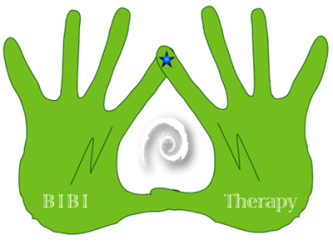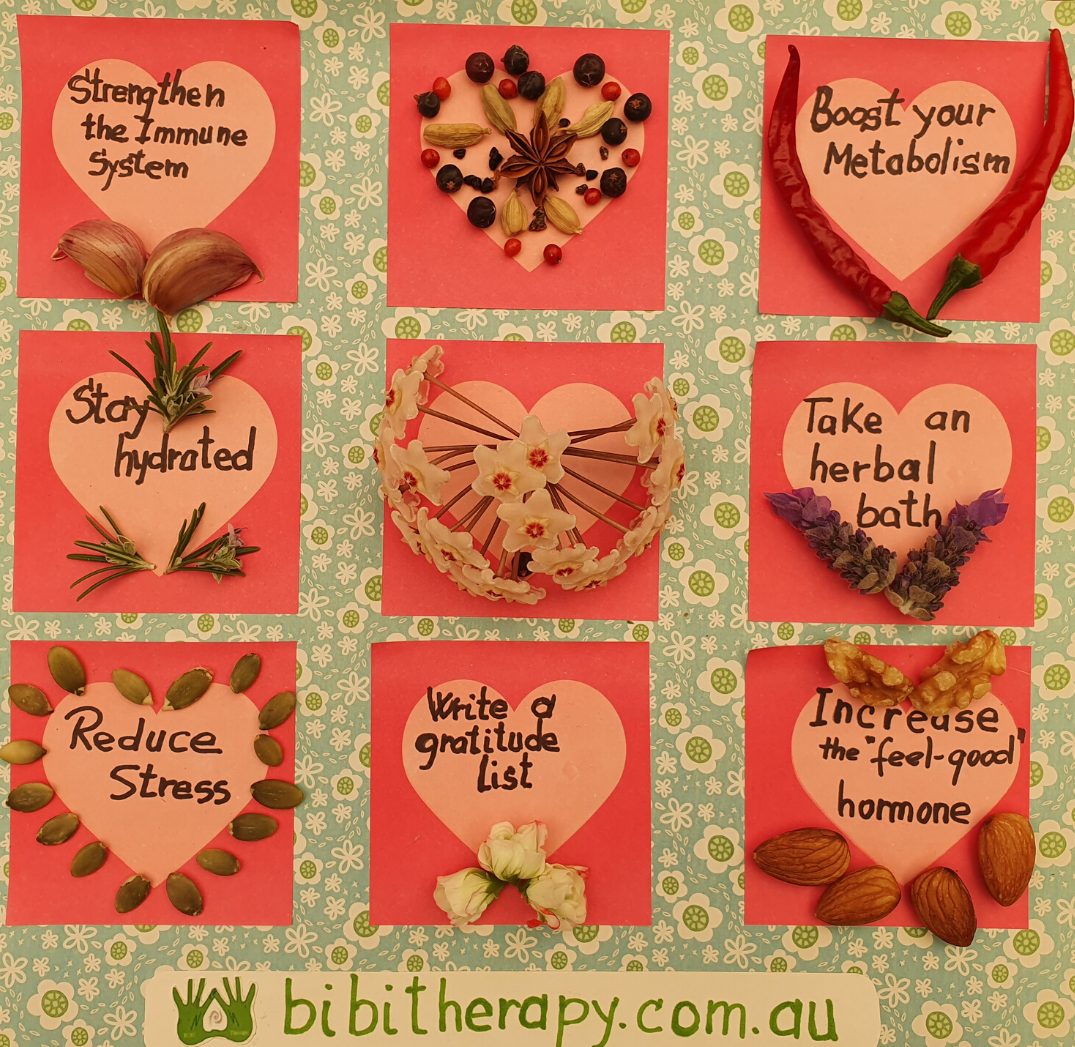Stay Home and Stay Safe during COVID19 Pandemic
A Bingo Style Holistic Approach
We are facing unprecedented effects due to the COVID-19 pandemic. When an epidemic of this proportion hits our Planet it is normal to be scared. In our state, non-essential businesses are shut down to preserve health and combat the spread of the Corona virus.
While understanding that physical distancing is essential to stop spreading the virus, w e also have a sense of duty helping our community. We do so by letting you know that we understand the challenges you are facing, because we are experience them ourselves. While quarantined, though perfectly healthy otherwise, in my own sacred space, in this blog I am sharing my Aromatic and Herbal expertise. Thus I have collated eight easy ways that may be helpful and bring some life-rebalancing effects during this “stay-at-home and save life” time.
Obviously you can tweak some of the elements to suit your needs. Bottom line is that this blog is about how to go about loving yourself inside out and stay as healthy as possibly can during these challenging times.
Feel free to use this Bingo style collage as you find fit for your circumstances and enjoy its benefits.
Strengthening the Immune System
Keeping the immune system functioning at its optimal parameters depends a great deal on the gut microbiota. This not only affects the state of the physical health but also the state of the emotional health.
Garlic an essential prebiotic
During a viral attack, garlic is recommended as the easy to reach out anti-viral home remedy. While garlic has many other proven medicinal properties (anti-fungal, anti-protozoal, anti-microbial even anti-tumour), the research on its anti-viral properties is rather limited (Bayan et al, 2014). However, garlic is an exceptional prebiotic dietary fibre, helping the growth of beneficial Bacteria in the gut, thus strengthening the immune system (Carlson et al, 2018). Other prebiotic dietary fibres to consider are leeks, onions, asparagus, Jerusalem artichokes. The lesson here is: increase the consumption of the prebiotic dietary fibres to support the defence mechanisms provided by your immune system.
Spices: important antioxidant sources
Harnessing the beneficial effects of spices in every day cooking is a practice as old as the cooking itself. Various spices can be used either for seasoning your salt or simply used them in teas and general cooking. The highlighted spices in the presented collage were chosen either because they taste awesome or they have specific properties. They are my go to remedies for flu-like situations as their anti-oxidant characteristics act as a natural shield against viral infections.
Star anise (Illicium verum) is the spice used in the Chinese medicine for thousands of years for its pharmacological potential in fighting flu-like symptoms. The spice is used in the Indian “Garam Masala” blend. It is known to provide a natural shield against some deadly ever-changing viruses. The aromatic amino acid, shikimic acid, is the important metabolite that was used in Tamiflu, for example.
Star anise is frequently used for combating influenza symptoms. Its potential to treat or fight the multitude of viral infections in humans requires significant more research to understand its full capacities.
Caution: children under 5 and pregnant women should avoid the use of this spice because of possible contamination with Japanese star anise (Illicium anisatum), which may cause unwanted poisonous effects (Vermaak I et al, 2013).
Cardamom (Elettaria cardamomum)is a very aromatic spice that has extraordinary anti-oxidant properties (Verma et al 2009). I mostly use it due to its phenomenal aroma in deserts.
Pink peppercorns (Schinus molle) are not really true peppercorns, yet they provide a lightly peppery flavour that has a rather sweet and floral accent. They are beneficial in that they provide a great source of dietary fiber while their phenolic compounds (especially the bioflavonoids and anthocyanins) offer protection against the damage of the free radicals as well as possess anti-viral benefits.
Caution: there are some reports that they may induce nut-allergy like effects. So if in doubt, better do not use them at all.
Juniper (Juniperus communis) berries are known for their phenomenal flavouring properties especially for their contribution to gin. I chose them because they are beneficial as powerful detoxifying agents, as they support a healthy urinary tract. They should be used sparingly as too much may not actually add the benefit one would want. Though small, these berries are very potent and should be used with caution for children and pregnancy.
Boost the metabolism
Cayenne pepper has metabolism-boosting properties. The process behind is termed diet-induced thermogenesis. The chemical compound behind this process is capsaicin. Occasionally I like to spice up my savoury foods with this lovely spice. Little is known about its viral replication inhibiting properties. Consuming cayenne pepper may be useful during viral infections because it does not affect the virus itself; rather it changes the environment within which the virus replicates itself (Marois et al 2014). Thus it may have potential for preventive treatment.
Stay hydrated
There are multiple ways to stay hydrated when staying at home and experiencing some form of cold or flu. In addition to staying hydrated, it is a good idea to add moisture to home. I like to use a rosemary-based home-made spritz as it also helps with mental fog.
Take an herbal bath
Let’s be honest: who doesn’t like a hot bath? Add some delightful herbs to it in the form of concentrated tea and voila you have a relaxing bath. My fav is lavender; it is so rewarding to grow (Waddington, 2019) and such a delight for the soul.
Reduce stress
Pumpkin kernels are packed with health promoting amino acids including tryptophan and gamma amino butyric acid (GABA). These are two of the most valuable compounds we need when facing emotional stress.
Write a gratitude list
Writing a gratitude list is scientifically proven to increase the level of happiness into one’s life.
Some people write daily some weekly, others just STOP. LOOK. GO (David Steindl_Rast, 2013). Now we are all forced to STOP a little. It means that we have the opportunity to observe and enjoy life as it is given to us.
My gratitude list is constantly growing. It starts something like this:
I am grateful for…today….. because…I am alive and well….
I am grateful for…every opportunity in my life.. because…what goes around comes around….
Increase the feel-good hormone
Lastly we cannot function properly if we do not feel good about things. In other words possessing the happy hormone or not. The science behind this is rather complicated and involves chemistry, physiology and so many other complex medical concepts beyond the scope of this blog. Yet if one knows that certain nutrients have the power to increase the feel-good hormone, dopamine, it would certainly help. One of those nutrients is almond. Not only almonds are nutrient dense, but they are also rich in tyrosine, the precursor for the dopamine: the happy hormone. So next time when feeling a bit blue, eat some almonds – not too many though if you care about your waistline.
Final thoughts
Well this was a rather long blog. Thank the eyes that reached up to this point. I challenge you to try at least three of the suggestion in this Bingo-style approach to stay sane and healthy during this difficult time for All of us.
Stay safe. Stay at home. Stay healthy.
References
Bayan L et al. Garlic: a review of potential therapeutic effects. 2014; Avicenna J Phytomed. 4(1):1-14. https://www.ncbi.nlm.nih.gov/pmc/articles/PMC4103721/
Carlson JL et al. Health effects and Sources of prebiotic dietary fibers. 2018; Curr Dev Nutr. 2(3):nzy 005. https://www.ncbi.nlm.nih.gov/pmc/articles/PMC6041804/
David Steindl-Rast. Want to be happy? Be grateful. 2013. TedX Talk, https://www.youtube.com/watch?v=UtBsl3j0YRQ
Marois I et al. Inhibition of Influenza Virus Replication by Targeting Broad Host Cell Pathways. 2014. PLOSONE, https://doi.org/10.1371/journal.pone.0110631 https://journals.plos.org/plosone/article?id=10.1371/journal.pone.0110631
Verma K, et al. Blood Pressure Lowering, Fibrinolysis Enhancing and Antioxidant Activities of Cardamom (Elettaria Cardamomum). 2009; Indian J Biochem Biophys. 46(6):503-506. https://pubmed.ncbi.nlm.nih.gov/20361714/
Vermaak I et al. Hyperspectral imaging in the quality control of herbal medicines – The case of neurotoxic Japanese star anise. 2013; J Pharmacol Biomed Anal. 75(5):207-213. https://doi.org/10.1016/j.jpba.2012.11.039 https://www.sciencedirect.com/science/article/abs/pii/S0731708512006541
Waddington E, 2019. How to Grow Lavender: Care, Types, and Growing Tips. https://happydiyhome.com/lavender/

